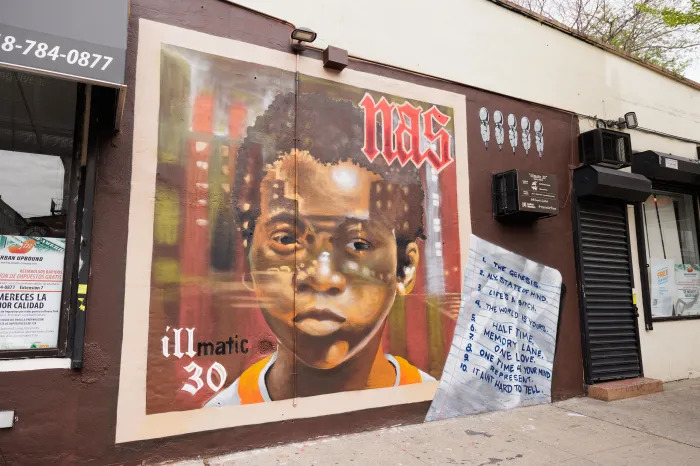Four Directions In LIC & Alley Pond Ctr.
Mayor Bill de Blasio and Design Commission President Signe Nielsen announced public works projects across the five boroughs honored at the 32nd Annual Awards for Excellence in Design.
Each year, the city’s Design Commission selects projects that improve and uplift their communities with exceptional design. Mayor de Blasio recognized each of the honorees at an awards ceremony last Monday, July 7, at BRIC House, in the heart of Downtown Brooklyn’s emerging Cultural District.
This year’s honorees span neighborhoods across all five boroughs, including a new Little League grandstand on Staten Island, the reconstruction of a children’s playground in Sunset Park, a 17-foot diameter Peace Clock near the United Nations, a redesigned environmental center at Alley Pond Park, a new entrance and educational facility at the Botanical Garden in the Bronx, and Cornell Tech’s first academic building at its new Roosevelt Island campus.
“Whether it’s a world-class monument or a new vital fixture of a neighborhood, we want design that inspires New Yorkers and gives us all pride in our city. We’re fortunate to have the legacy of so many incredible public works from generations past- these 10 projects represent the best of what we are doing today to break new ground,” said de Blasio.
“For more than 30 years, the Commission has recognized leadership in design in the public realm. This year’s winning projects represent exemplary additions to the cityscape and epitomize the best of what talented artists and designers can do in collaboration with the public sector,” added Nielsen.
Established in 1898 as the Art Commission, New York City’s design review agency was renamed in 2008 to better reflect its mission. The Design Commission reviews permanent works of art, architecture, and landscape architecture proposed on or over city-owned property.
The Commission comprises 11 members and includes an architect, landscape architect, painter, and sculptor, as well as representatives of the Brooklyn Museum, the Metropolitan Museum of Art, and the New York Public Library. The Commission holds monthly public hearings in its offices on the third floor of City Hall, where it has resided since 1914.
The winning designs included:
– Four Directions From Hunters Point, Hunters Point Community Library, Center Boulevard between 47th Road and 48th Avenue, Queens A project of the Department of Cultural Affairs’ Percent for Art Program, the Department of Design and Construction, Queens Library, and Queens West Development Corporation. Designed by Julianne Swartz.
Whether tucked between book shelves, pushing up through the roof deck, or peeking out of the Q in the library’s sign, Swartz’s portal lenses serve to engage, orient, and disorient the viewer. Each lens presents a different optical distortion of the vista beyond-capturing a wide angle of the sky, inverting the Manhattan skyline, or multiplying focal points of the library’s garden.
Taken together, the portals mirror the fundamental purpose of a library, where visitors seek out information, find themselves transported to new realities, and come away with a different perspective.
– Alley Pond Environmental Center, 228-08 Northern Blvd., Bayside. A project of the Department of Parks & Recreation and Alley Pond Environmental Center. Designed by Leroy Street Studio; Dlandstudio Architecture + Landscape Architecture.
Set back from the busy thoroughfare of Northern Boulevard, the environmental center is nestled at the edge of Alley Pond Park. The redesigned center nearly doubles the size of the current facility, enhancing the staff’s ability to serve the 50,000 schoolchildren who visit annually.
While a glazed brick facade presents a buffer to the road, the classrooms have large windows providing views into the park, and access to an exterior deck. The two facade treatments are unified by a sloped standing-seam metal roof, which folds down to drain water into an adjacent rain garden.
By incorporating good environmental building practices, the center’s new home is itself a teaching tool, helping the center achieve its mission to preserve the city’s natural landscape.





























